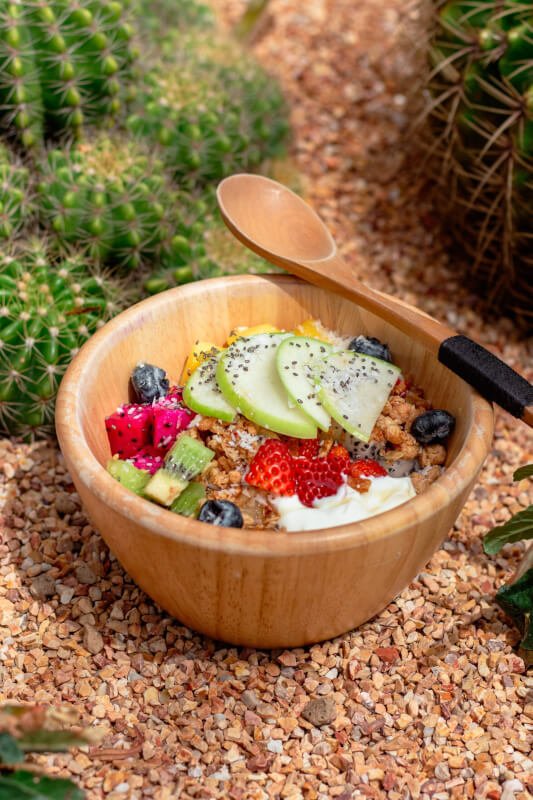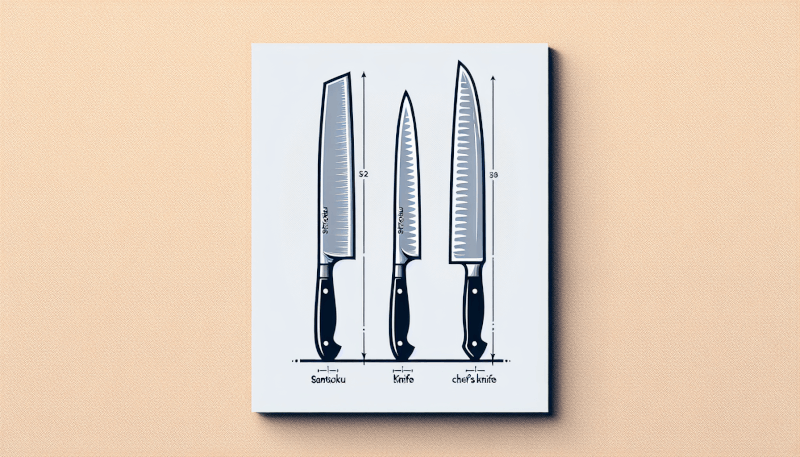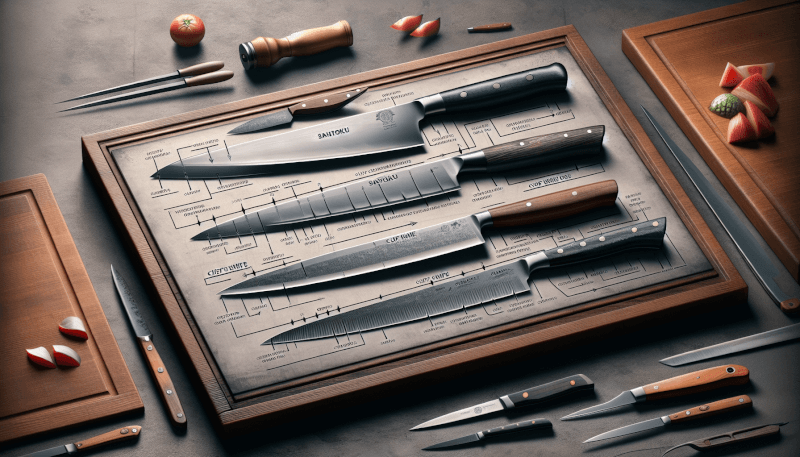Are you struggling to understand the distinction between a Santoku knife and a chef’s knife? Look no further, as we’re here to shed some light on this common kitchen conundrum. While both knives are essential tools for any cook, they each possess unique characteristics that set them apart. In this article, we’ll explore the variations in blade design, weight, and functionality, helping you make an informed decision when it comes to selecting the perfect knife for your culinary aspirations. Get ready to slice through the confusion and discover the key differences between a Santoku knife and a chef’s knife.
What is the difference between a Santoku knife and a chef’s knife?
When it comes to selecting the perfect knife for your culinary needs, it can be overwhelming to choose between the wide variety of options available. Two popular choices often debated are the Santoku knife and the chef’s knife. While both are versatile and essential tools in the kitchen, they do have some distinct differences that set them apart. Let’s dive into the key factors that differentiate these two knives.

Overall Design and Shape
The first noticeable difference between a Santoku knife and a chef’s knife lies in their overall design and shape. A Santoku knife typically features a shorter blade length and a wider, straighter edge compared to a chef’s knife. This design gives it a more compact and rectangular shape, making it easier to maneuver when chopping, dicing, or slicing ingredients. In contrast, a chef’s knife tends to have a longer blade and a slightly curved edge, allowing for a more rocking motion while cutting.
Blade Length and Width
As mentioned earlier, one of the primary distinctions between the Santoku knife and the chef’s knife is the blade length and width. A typical Santoku knife usually ranges between 5 to 7 inches in length, whereas a chef’s knife typically falls within the 8 to 10-inch range. This variance in size affects the knife’s versatility and performance in various cutting tasks. A longer chef’s knife excels in slicing and carving large cuts of meat, while a shorter Santoku knife is better suited for precise and delicate tasks like mincing or slicing herbs and vegetables.
Pointed vs. Rounded Tip
Another differentiating factor between the Santoku knife and the chef’s knife is the shape of their tips. A Santoku knife typically features a rounded tip, while a chef’s knife tends to have a more pointed tip. The rounded tip of the Santoku knife provides safety and maneuverability, as it reduces the risk of accidental piercings or injuries. In contrast, the pointed tip of a chef’s knife allows for more precision and control while performing intricate tasks like carving or creating intricate garnishes.
Weight and Balance
The weight and balance of a knife play a crucial role in determining its usability and comfort during extended periods of use. Santoku knives are generally lighter in weight compared to chef’s knives. This lighter weight can be more comfortable for individuals with smaller hands or those who prefer a lighter tool. On the other hand, the slightly heavier weight of a chef’s knife provides better durability and stability, making it suitable for tasks that require more force or chopping through dense ingredients.

Blade Composition
When it comes to the blade composition, both Santoku knives and chef’s knives can be found in various materials such as stainless steel, carbon steel, or Damascus steel. However, the type of steel used can vary, affecting the knife’s performance and maintenance requirements. Stainless steel blades are known for their resistance to rust and corrosion, making them easier to maintain. Carbon steel blades, on the other hand, tend to be sharper and hold their edge longer but require more frequent maintenance to prevent rusting. Damascus steel blades offer both beauty and performance, known for their exceptional sharpness and unique patterns.
Primary Purpose and Cutting Techniques
While both a Santoku knife and a chef’s knife can handle a wide range of cutting tasks, they do have primary purposes and cutting techniques they excel in. A Santoku knife is specifically designed for precision cutting and slicing, making it ideal for delicate tasks like paper-thin vegetable slices or sushi preparation. On the other hand, a chef’s knife is more versatile and can handle a wider variety of tasks, including chopping, dicing, and mincing. Its curved edge also allows for a rocking motion, making it efficient for tasks like mincing herbs or crushing garlic.

Versatility and Range of Tasks
When it comes to versatility and range of tasks, a chef’s knife takes the lead. With its longer and wider blade, a chef’s knife can handle larger ingredients and perform tasks such as slicing through large cuts of meat and disjointing poultry. Its versatility also extends to tasks like crushing garlic cloves and transferring chopped ingredients from the cutting board to the pan effortlessly. While a Santoku knife offers excellent precision and control, it may not be as effective in handling larger ingredients or specific tasks.
Cleaver Functionality
One aspect that differentiates a Santoku knife from a chef’s knife is the functionality of a cleaver. A traditional chef’s knife can double as a cleaver, allowing you to easily handle tasks that require chopping through bones or tough vegetables. On the other hand, a Santoku knife is not designed for heavy-duty tasks like bone chopping. While it can handle tasks like cutting through small bones or dense vegetables, it is important to note its limitations when it comes to heavier-duty work.

Cutting Techniques and Hand Positions
The cutting techniques used with a Santoku knife and a chef’s knife differ slightly due to their design variations. With a Santoku knife, a more downward and linear motion is typically utilized, allowing for precise and controlled cuts. On the contrary, a chef’s knife is often used with a rocking motion, where the tip is kept in contact with the cutting board while moving the back of the blade up and down. This rocking motion is particularly useful for tasks like mincing and chopping herbs quickly.
Price and Availability
Lastly, the price and availability of Santoku knives and chef’s knives can also differ. Santoku knives are widely available in both specialty kitchen stores and general retailers, making them accessible to a broad range of consumers. In terms of price, Santoku knives generally fall within a more affordable range, making them budget-friendly options for home cooks of all levels. On the other hand, chef’s knives may be slightly pricier due to their larger size and versatility. However, there are also budget-friendly options available for those seeking an entry-level chef’s knife.
In conclusion, both the Santoku knife and the chef’s knife are valuable tools in any kitchen. Understanding the differences in their design, blade length, tip shape, weight, and intended purposes can help you make an informed decision based on your cooking style and cutting needs. Whether you prefer the precision and control of a Santoku knife or the versatility and power of a chef’s knife, both options offer distinct advantages that can enhance your culinary experience. Ultimately, the choice between the Santoku knife and the chef’s knife comes down to personal preference and the specific tasks you frequently encounter in your kitchen.



